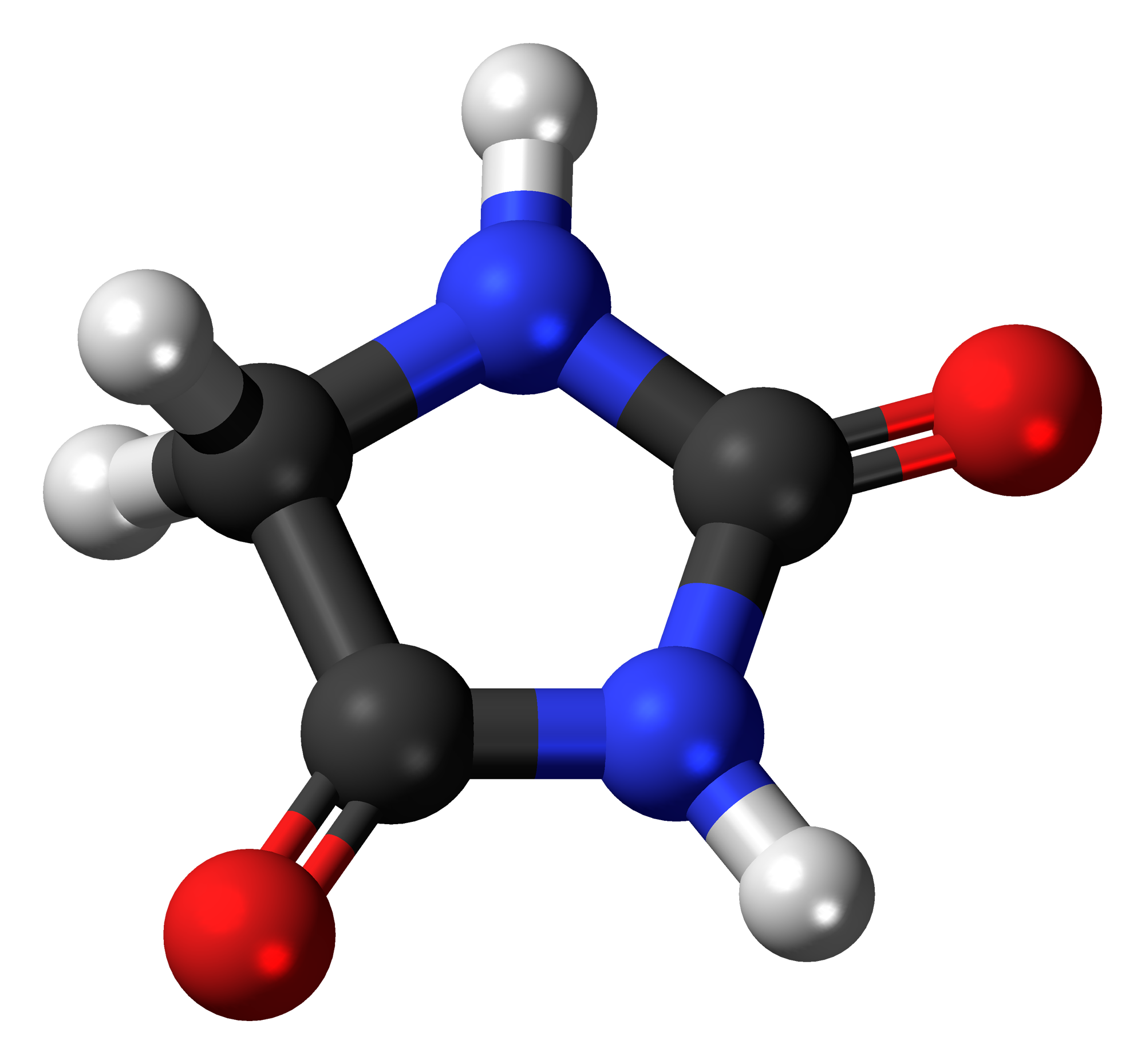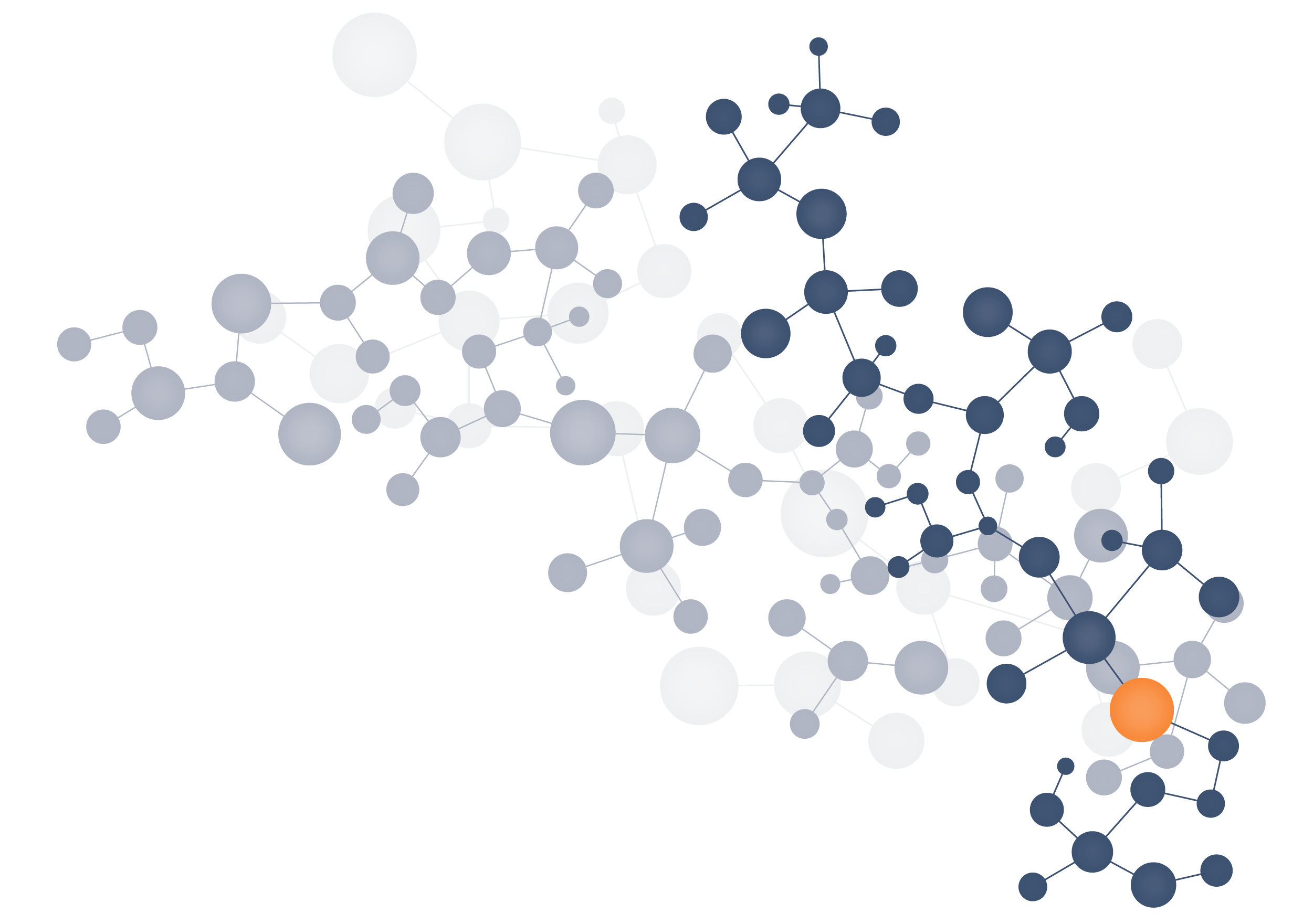Table Of Content
- Probabilistic generative transformer language models for generative design of molecules
- Automating molecule design to speed up drug development
- 4. Physics-Informed Machine Learning
- Could a single synthetic molecule outsmart a variety of drug-resistant bacteria?
- Artificial Intelligence for Autonomous Molecular Design: A Perspective

However, there are still some challenges about data and deep learning methods in drug discovery. Therefore, we enumerate current challenges that have been observed in the field to promote the development of new research. Here, the survey is meant to accelerate drug discovery through the sharing and comparison of deep generative models, finally reduce the cost and time with the intervention of silico models.
Probabilistic generative transformer language models for generative design of molecules
In this regard, evolutionary algorithms, a type of exhaustive enumeration, can be a viable alternative for de novo design. These algorithms are generic population-based metaheuristic optimization techniques that use bio-inspired operators, such as reproduction, mutation, recombination, and selection4,5. As design tools for materials, they not only optimize the molecular structures but also provide hints for a promising chemical space by identifying genetic traits that favor the target properties while maintaining the unique genotypes of ancestors. Recent advances in machine-learning algorithms6,7,8,9,10,11,12,13,14,15,16,17,18,19 have led to the proposal of data-driven methodologies. Generative machine learning models sample molecules from chemical space without the need for explicit design rules. This de novo design approach combines best practices and was used to generate molecules that incorporate features of both bioactive synthetic compounds and natural products, which are a primary source of inspiration for drug discovery.
Automating molecule design to speed up drug development
First, it was more difficult to grapple in properties optimization with JT-VAE because two molecules with identical junction tree might correspond with markedly different attributes. Second, leaving node order permutation out of consideration during generation procedure caused time-consuming. The ultimate sequence under some possible node permutation might be mapped into the same graph. Third, less than 20 atoms in a substructure were not practical due to the complexity of drug molecules in realistic.
4. Physics-Informed Machine Learning
To some extent, such models can also be able to be extended to the problems in other fields. And in the future, we are also excited about developing a hierarchical model, which can generate molecular with desired properties in a coarse-to-fine manner. A hierarchical model is beneficial for extracting different information when incorporating multi-omics data. As early mentioned, some generative models themselves exist some challenges to face. For example, although the flow-based models reconstruct samples perfectly, the cost of computation is still not as friendly as other generative models.
More From the Los Angeles Times

Furthermore, the removal of the TMS group from the main compound impacted the optical properties by influencing molecular arrangement, electronic states, and energy levels. These findings provide valuable insights for the design of materials with tailored optical properties. First, the model searched the entire collection of molecules to find the best lead molecule for the desired properties — solubility and synthetic accessibility. In that task, the model found a lead molecule with a 30 percent higher potency than traditional systems. The second task involved modifying 800 molecules for higher potency, but are structurally similar to the lead molecule.
Could a single synthetic molecule outsmart a variety of drug-resistant bacteria?

Examples of generated molecular structures sampled for various atomic identities and target properties are also provided in Fig. Computer-aided design of novel molecules and compounds is a challenging task that can be addressed with quantum computing (QC) owing to its notable advances in optimization and machine learning. Here, we use QC-assisted learning and optimization techniques implemented with near-term QC devices for molecular property prediction and generation tasks. We demonstrate the viability of the proposed molecular design approach by generating several molecular candidates that satisfy specific property target requirements. The proposed QC-based methods exhibit an improved predictive performance while efficiently generating novel molecules that accurately fulfill target conditions and exemplify the potential of QC for automated molecular design, thus accentuating its utility. This study utilized quantum annealing-based strategies for learning and optimization required for molecular generation.
5. Inverse Molecular Design
Note that the linked structure is the one which is currently displayed in the model window. You can also copy the URL from the address bar in order to link to the current structure. MolView is an intuitive web-application to make science and education more awesome! You can use MolView to search through different scientific databases including compound databases, protein databases and spectral databases, and view records from these databases as interactive visualizations using WebGL and HTML5 technologies. This web application is built on top of the JavaScript libraries and online services listed below.
Hence, the problem of node ordering should be better solved, which is beneficial for generating molecules with high quality. One of the most representative work is junction tree variational autoencoder (JT-VAE) [69]. The substructures included rings, functional groups and atoms by decomposing the molecules from training sets. JT-VAE outperformed the proposed models including CVAE [21], GVAE [49], SD-VAE [50] and GraphVAE [70] in molecular reconstruction and the octanol-water partition coefficients |$\log $|P score, at mean whiles, JT-VAE reached 100|$\%$| in generating valid molecules. The results positively advocated the model for graph-based de novo molecular design, with JT-VAE showing superior results to the previous methods for most of the criteria in the tested conditions.
In these scenarios, slightly unconventional yet very effective approaches of creating data from published scientific literature and patents for ML have recently gained adoption [29,30,31,32]. These approaches are based on the natural language processing (NLP) to extract chemistry and biology data from open sources published literature. Developing a cutting edge NLP-based tool to extract, learn, and reason the extracted data would definitely reduce timeline for high throughput experimental design in the lab.
Even when they use systems that predict optimal desired properties, chemists still need to do each modification step themselves. This can take a significant amount of time at each step and still not produce molecules with desired properties. The iterative update process used for learning a robust molecular representation either based on 2D SMILES or 3D optimized geometrical coordinates from physics-based simulations.
A challenge is developing a model that can work with a limited amount of training data,” Jin says. At encoding phase, the model breaks down each molecular graph into clusters, or “subgraphs,” each of which represents a specific building block. Such clusters are automatically constructed by a common machine-learning concept, called tree decomposition, where a complex graph is mapped into a tree structure of clusters — “which gives a scaffold of the original graph,” Jin says.
A variant of |$\log $|P, called penalized |$\log $|P [49], takes synthetic accessibility and ring sizes into account as penalty. MOSES [37], a benchmarking platform, contains a standardized dataset, a set of indicators and multiple baselines for comparing molecular generation models. However, there are several tasks for which these models generate hard synthetic molecules and provide synthetic routes difficultly despite performing well on common benchmarks.
Meet MedGAN: A Deep Learning Model based on Wasserstein Generative Adversarial Networks and Graph Convolutional Networks for Novel Molecule Design - MarkTechPost
Meet MedGAN: A Deep Learning Model based on Wasserstein Generative Adversarial Networks and Graph Convolutional Networks for Novel Molecule Design.
Posted: Mon, 15 Jan 2024 08:00:00 GMT [source]
We develop an energy-based model for molecular property prediction that can utilize QC techniques for efficient learning. Energy-based models can learn the distribution of data by associating an unnormalized probability value or energy to each data point. Additionally, the difficulty in sampling from such models allows us to explore alternatives for classical approximation techniques with quantum sampling facilitated by a quantum computer. In this work, we adopt a conditional generative model called conditional restricted Boltzmann machine (CRBM) to incorporate molecular property targets as binary variables.
Geometry design of tethered small-molecule acceptor enables highly stable and efficient polymer solar cells - Nature.com
Geometry design of tethered small-molecule acceptor enables highly stable and efficient polymer solar cells.
Posted: Mon, 22 May 2023 07:00:00 GMT [source]
And in recent years, plenty of deep generative models have been devoted to boosting the de novo molecular design, which predominantly has followed two strategies based on the representations of molecules in silico. The first strategy focuses on a sequence representation—simplified molecular input line entry system (SMILES) [22], which utilizes deep generative models and text to generate moleculars. An alternative is to encode molecular into graphs [23] that learn to aggregate information (e.g., bond features and atoms). As a consequence, we categorize these typical models into two categories, i.e. Quantum computing (QC) holds tremendous potential to achieve significant technological feats in various domains, including the design of novel molecules for specific purposes29.
The node features distinguish constituent atoms into nine heavy atom types, while the edge features describe the presence of bonds between atoms and bond types. For each molecular graph in the dataset, we also collected three different properties, namely, the quantitative estimation of drug-likeness (QED)41, Wildman–Crippen partition coefficient (LogP)42, and the synthetic accessibility score (SAS)43. The LogP value or the water-octanol partition coefficient provides a measure of lipophilicity and serves as one of the molecular properties used to estimate QED. On the other hand, the SAS values describe the ease of synthesis of drug-like molecules. The QED property can vary between zero and one, with a larger value indicating a more drug-like molecule while the SAS ranges from one to ten. The averages of QED, SAS, and LogP for the collected samples are 0.728, 3.048, and 2.450, and the standard deviations for these are 0.138, 0.834, and 1.433, respectively.
The RNN decoder reconstructed chemically valid molecular structures in the SMILES format from the evolved fingerprint vectors without resorting to predefined chemical rules. In addition, the DNN efficiently evaluated the suitability of the evolved molecules even within a more complex range of properties. To overcome these demanding limitations, we devised an evolutionary molecular design method based on deep learning. Instead of graphs or ASCII strings, a bit-string fingerprint vector is used as a molecular descriptor to evolve molecules. Then, the evolved fingerprint vectors are converted into actual molecular structures using a recurrent neural network (RNN) model30, which acts as a decoder. This approach enables us to prevent explicit chemical knowledge from intervening during a molecular evolution while ensuring the molecules are chemically valid.

No comments:
Post a Comment